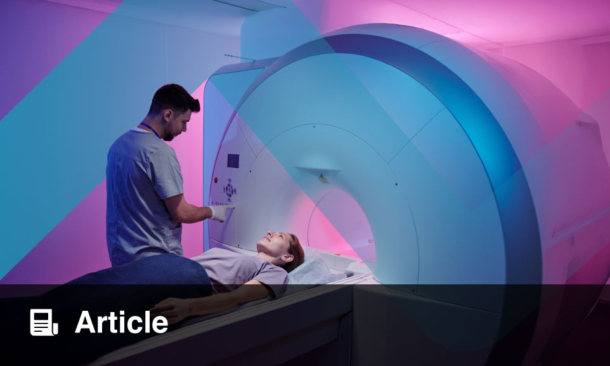A NOVEL one-minute video game assessment, the Computerised Assessment of Motor Imitation (CAMI), successfully distinguishes autism from both neurotypical development and attention-deficit hyperactivity disorder (ADHD), achieving an 80% true positive rate for autism and 70% for autism versus ADHD.
Reliable biomarkers that can differentiate autism spectrum disorder (ASD) from co-occurring conditions such as ADHD remain a clinical challenge. Misdiagnoses can delay interventions and reduce access to necessary support. Researchers from Kennedy Krieger Institute and Nottingham Trent University developed CAMI, a scalable and cost-effective tool using motion-tracking technology to measure motor imitation abilities, a known difficulty in autism. This study, published in The British Journal of Psychiatry, evaluates CAMI’s ability to specifically identify ASD-related imitation impairments compared to neurotypical and ADHD populations.
A cross-sectional study assessed 183 children aged 7–13 years across three groups: those with ASD (with and without ADHD), those with ADHD only, and neurotypical controls. Participants performed a one-minute task within CAMI, copying dance-like movements of a video avatar while their motor imitation performance was recorded. Performance was analysed alongside standard diagnostic tools, including the Social Responsiveness Scale, Autism Diagnostic Observation Schedule (ADOS-2), Conners’ ADHD assessment, and a motor ability examination. Results demonstrated that children with ASD exhibited significantly poorer CAMI performance than neurotypical children (P < 0.0001; adjusted R2 = 0.28), while children with ADHD performed similarly to neurotypical peers. Machine learning analyses confirmed CAMI’s high diagnostic success, distinguishing ASD from neurotypical children with 80% accuracy and from ADHD with 70% accuracy. Additionally, lower CAMI scores correlated with greater autism severity, particularly in social affect and restricted behaviours, but not with ADHD symptoms or motor ability.
This study highlights CAMI as a promising diagnostic aid for autism, offering a rapid, low-cost alternative to traditional assessments that require specialist clinicians and significant resources. Given its accessibility and efficiency, CAMI has strong potential for integration into clinical settings to support early and accurate ASD diagnoses. Future research should explore its application in younger children and broader neurodevelopmental populations, potentially improving diagnostic precision and timely intervention for those affected by ASD.
Katrina Thornber, EMJ
Reference
Santra R et al. Evaluating computerised assessment of motor imitation (CAMI) for identifying autism-specific difficulties not observed for attention-deficit hyperactivity disorder or neurotypical development. BJPsych. 2025;DOI:10.1192/bjp.2024.235.








